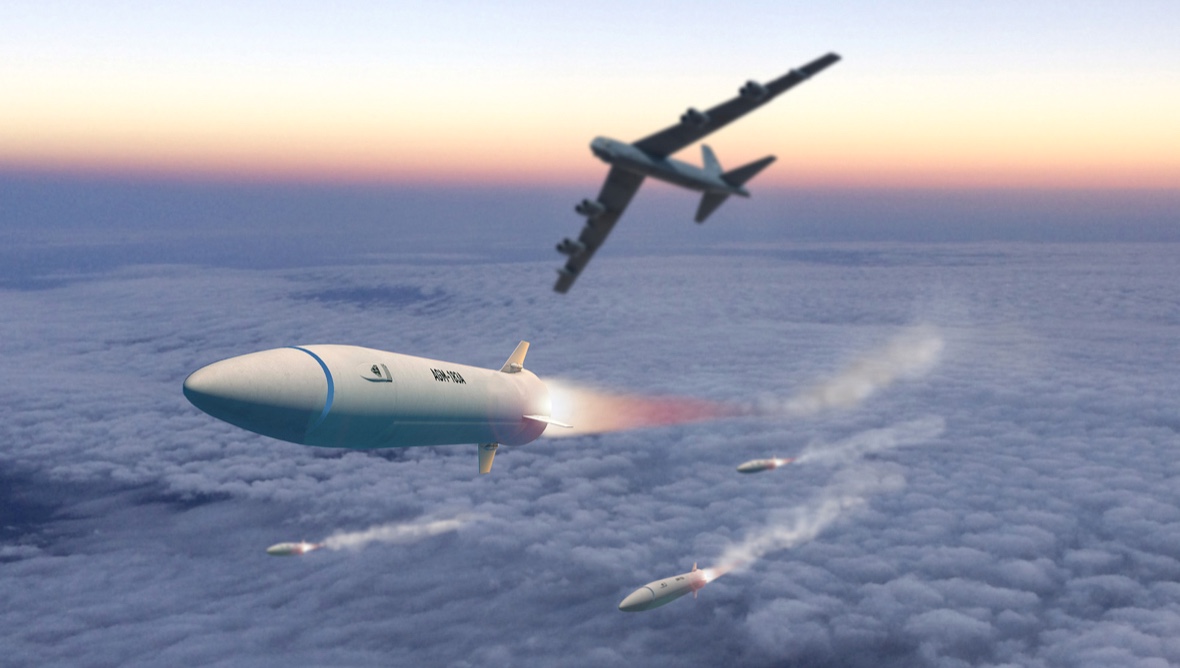The United States has carried out new tests on its hypersonic missiles launched from the air and from the ground, thus confirming the first after the previous three failures. The acceleration of the Department of Defense, in the hypersonic technology sector, to recover the worrying capacitance gap with respect to Russia and China.
Last Tuesday theAgn-183A Air-launched Rapid Response Weapon (ARRW) from a flying plane. It is a missile that is carried to speeds exceeding Mach 5 (over five times the speed of sound) by a booster, and then detaches and glides at hypersonic speed on the target with a conventional or nuclear warhead, a missile difficult to intercept by the current ones. missile defenses.
In addition, the Department of Defense reports that it has also tested the launch of a tactical hypersonic missile Operational Fires, created by Defense Advanced Research Project Agency (Darpa, the US agency that develops advanced weapons), which is launched from trucks or other self-propelled vehicles.
Russia, which has been developing hypersonic missiles for some years, claims to have already used these weapons on the Ukrainian theater, as in the case of Kinzhal missiles which hit Ukrainian arms and ammunition depots with extreme precision.
The US is experimenting with new forms of missile defense
The new US weapon against China and Russia's hypersonic missiles is hot air. As the newspaper reports Politico, the US Department of Defense is thinking of transferring balloon projects from scientific to military services with objectives of high altitude surveillance.
These devices - which fly between 60 and 90 feet, or between 18 and 27 kilometers in altitude - would then be added to the already extensive US defense surveillance network and could be used to detect hypersonic missiles. For years, the United States has conducted tests with balloons to gather information, provide support to ground troops, and remediate problems with satellites. These high or very high altitude platforms, which are difficult to detect, “They have many advantages due to their holding capacity, maneuverability and also flexibility for multiple loads“, Explains a Politico Tom Karako, researcher for the International Security Program and director of the Missile Defense Project at the Center for Strategic and International Studies.
For Politico, in the last two years the Pentagon spent approx 3,8 million dollars in high-flying balloon projects and plans to spend an additional $ 27,1 million to continue working on multiple missile defense efforts.
